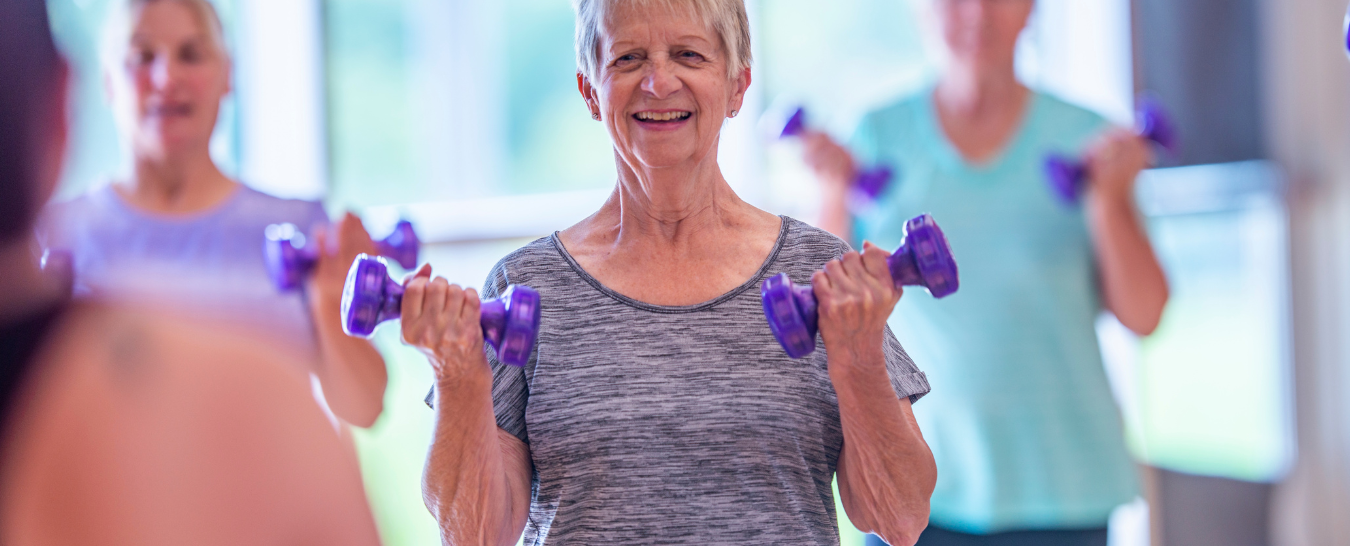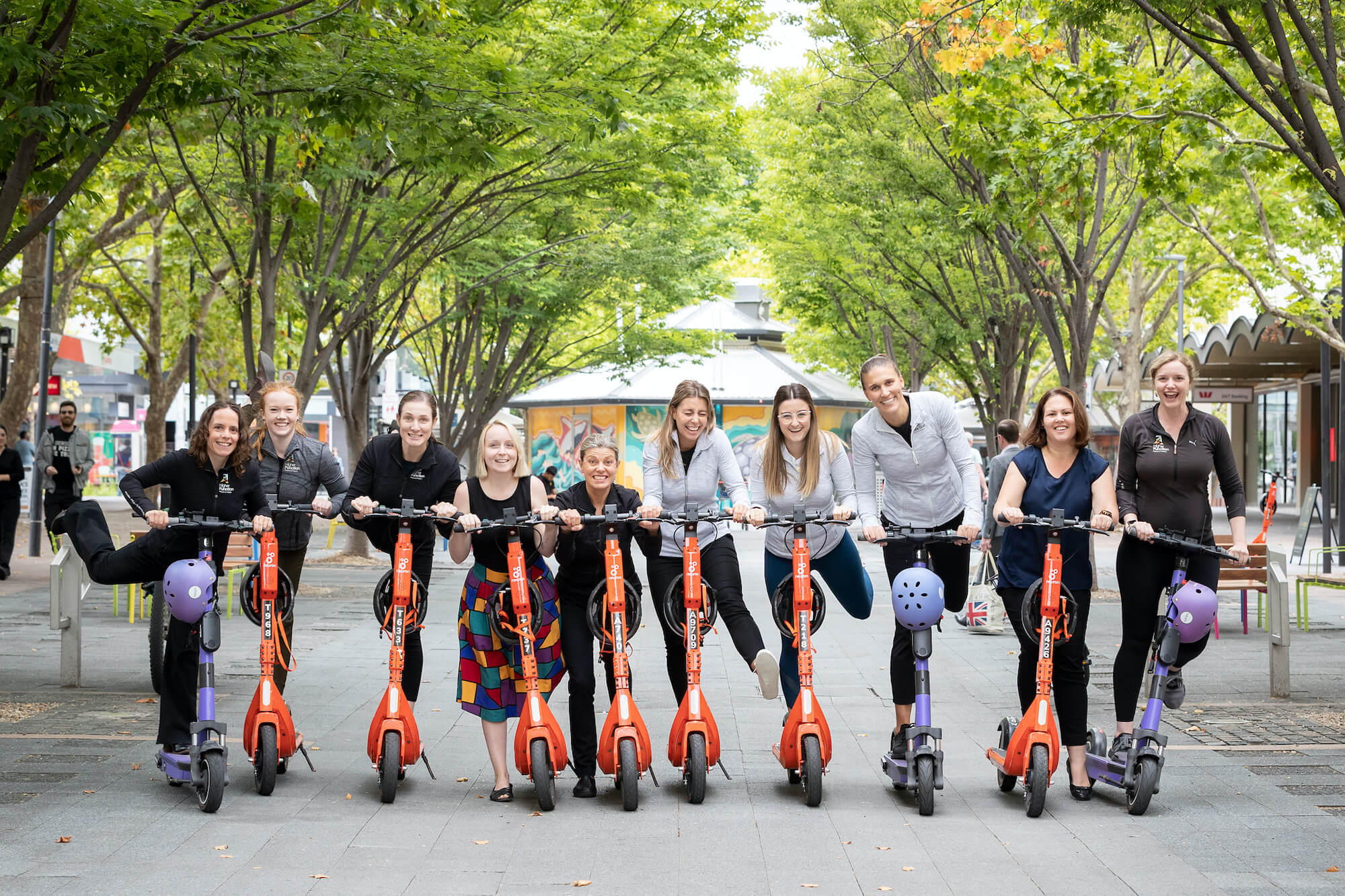By Nicola Pithers – Exercise Physiologist
Remaining physically active in later life is essential to maintaining good physical and mental health as well as living independently. Ageing is associated with frailty and loss of strength as well as increased risk of disease and chronic illness. Evidence shows that exercise can improve quality of life and decrease mortality. If the benefits of exercise could be captured in a pill, it would be the most widely prescribed medication in the world. Below explains just a few examples of how powerful exercise can be!
Loss of Muscle Mass
Unfortunately, alongside the normal process of ageing, comes and age related decline in muscle mass (as seen in the graph below).

Sarcopenia which is the loss of muscle mass leads to frailty in older age and can ultimately lead to falls, fractures and a loss of independence. This causes daily task such as getting out of a chair, walking up stairs and opening jars to become increasingly more difficult. Through appropriately prescribed resistance (strength) training, sarcopenia can be prevented and often reversed. Through increasing muscle strength, it can reduce joint pain, improve balance and mobility and reduce the risk of injury.
Falls risk
Falls are the most common cause of injury and hospitalisation among older people. Often, as we get older, we notice that we feel unsteady, our feet begin to shuffle and we feel generally less balanced when performing normal day to day activities. Balance is a highly trainable system and with engagement in a targeted exercise intervention, we would anticipate excellent and rapid improvements in our balance and therefore falls risk. Further to this, specific exercises can be prescribed to help with improving our gait (also known as our walking), to improve our foot clearance, increase our base of support and have a stronger more powerful gait pattern.
Try standing on one leg (in a safe environment) and see where your balance is at!
Bone Density
Similarly, to our loss of muscle mass, a normal process of ageing is the loss of bone mineral density, often known as osteopenia or osteoporosis. This loss of bone density can increase our risk of fracturing a bone. Exercise has the power to help in the prevention, treatment and management of osteoporosis if prescribed correcting. There are 3 main exercise types commonly used to treat osteoporosis:
- Progressive resistance training e. strength/weights based training
- Impact loading g. running, jumping, landing or high impact activities
- Balance training
This is just the start of a very long list of list of benefits of exercise as we age. Whether you’re seeking advice to prevent, treat or manage, an Exercise Physiologist can assist you by guiding you through an individualised, safe and evidence-based program to bulletproof your body as you age! Book with an experienced Exercise Physiologist today!


